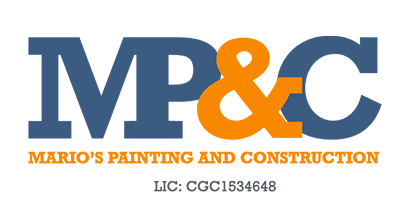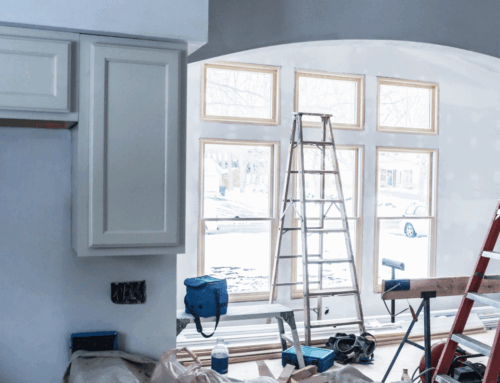Space addition to your home is an interesting project that can improve your living conditions and raise the value of your property. Nevertheless, home addition is not an easy task to finance. Whether in finding the money to finance the project or in controlling the cost of construction, it is always worth considering the different options available with the view of getting your project off without a hitch. In this article, we will take you through the home addition financing process and give you some insight on the most appropriate ways to finance your home addition.
Determine the Cost of Your Home Addition
Know the complete cost of your home addition before you start evaluating any source of financing.
This includes:
Design and Architectural Fees: In case you have an architect or a designer, he or she will charge you a fee.
Construction Costs: The costs of labour, materials and contractors are to be estimated well.
Permits and Inspections: Permits and inspections can be required depending on where you are and this can increase expenses.
Contingency Budget: It is always advisable to put aside 10-20 percent of the entire budget as an emergency.
It will assist you in determining how much financing you require and will also assist you in selecting the most appropriate financing option by having a detailed estimate of how much your home addition will cost.
Assess Your Financial Situation
Evaluate your personal finances before you apply to any loan or financial product.
Consider factors such as:
Credit Score: A good credit score will get you a better loan rate and terms.
Income and Debt: Your income should be consistent and you should not be under a lot of debt.
Savings: Find out what you have saved towards the project and whether you want to save to finance a portion of the project.
Knowing your financial status will help you to reduce the best financing options of your home addition.
Explore Financing Options for Home Additions
There are several ways to finance a home addition. Both of them have their advantages and disadvantages, which are related to your financial status and the size of the project.
Here are the most common financing methods:
Home Equity Loan
Home equity loan is a common option in financing a home addition since it enables you to borrow the equity in your home. Equity is the amount of money you can get by subtracting the amount you owe on your mortgage and the value of your home in the current market.
Pros: Home equity loans can be at a lower interest rate as compared to unsecured loans since it is secured by your home. The interest may also be tax-deductible.
Cons: In case you default on the loan, the lender may foreclose on your house.
Home Equity Line of Credit (HELOC)
HELOC is more flexible than a home equity loan. You can also borrow when you need it with a HELOC, up to your credit limit, and only pay interest on the amount you borrow.
Pros: You can get funds when you need it and it is suitable to continuous projects. Interest rates are generally lower than personal loans.
Cons: The interest rate can be variable and this implies that your payments may rise with time.
Cash-Out Refinance
A cash-out refinance enables you to refinance your current mortgage and borrow an amount above what you still owe on your loan and pocket the difference to finance your home addition. This is the most common when the interest rates are below those of your current mortgage rate.
Pros: This choice can provide better interest rates in comparison with other loans, and you will make one payment per month.
Cons: You might even end up increasing the duration of your mortgage which might cost you more in the long run.
Personal Loan
Personal loan is an unsecured loan which you can apply on many things including a home addition. A personal loan does not involve you using your home as collateral unlike a home equity loan or HELOC.
Pros: Personal loans do not jeopardize your house. They are also comparatively fast to acquire and might not involve so much paper work as secured loans.
Cons: Personal loans normally have higher interest rates compared to home equity loans and they can be shorter in the repayment period.
Government Loans and Grants
In case you are eligible, you could borrow government-subsidized loans or grants to have a home addition. FHA 203(k) loans are some of the federal programs that are meant to assist home owners in financing home repairs and renovations.
Pros: Government loans could be at a low interest rates and terms.
Cons: These loans may be hard to qualify and there might be restrictions in the way the money can be spent.
Compare Interest Rates and Terms
After determining the financing options that best suit you, you should now compare rates, terms and fees.
Pay close attention to:
Interest Rates: The rate of interest is lower the lesser you will be charged throughout the loan period.
Loan Term: The longer the loan term, the less the monthly payment you will have to pay but you might pay more in interest.
Closing Costs and Fees: Don’t forget to include any fees that you will be charged to get the loan, e.g. origination fees, closing costs, which are added to the total amount of the loan.
By contrasting these factors, you will be able to be sure that you are getting the best deal on your home addition.


